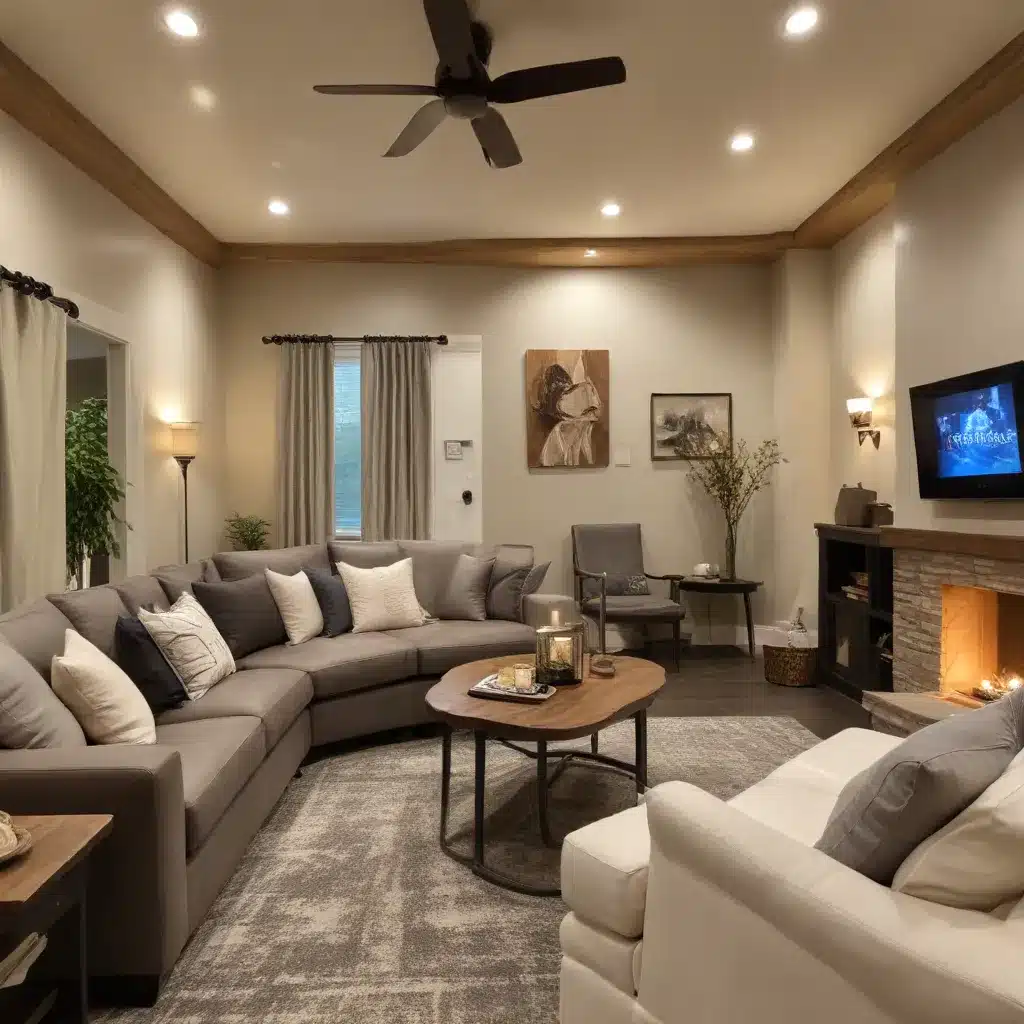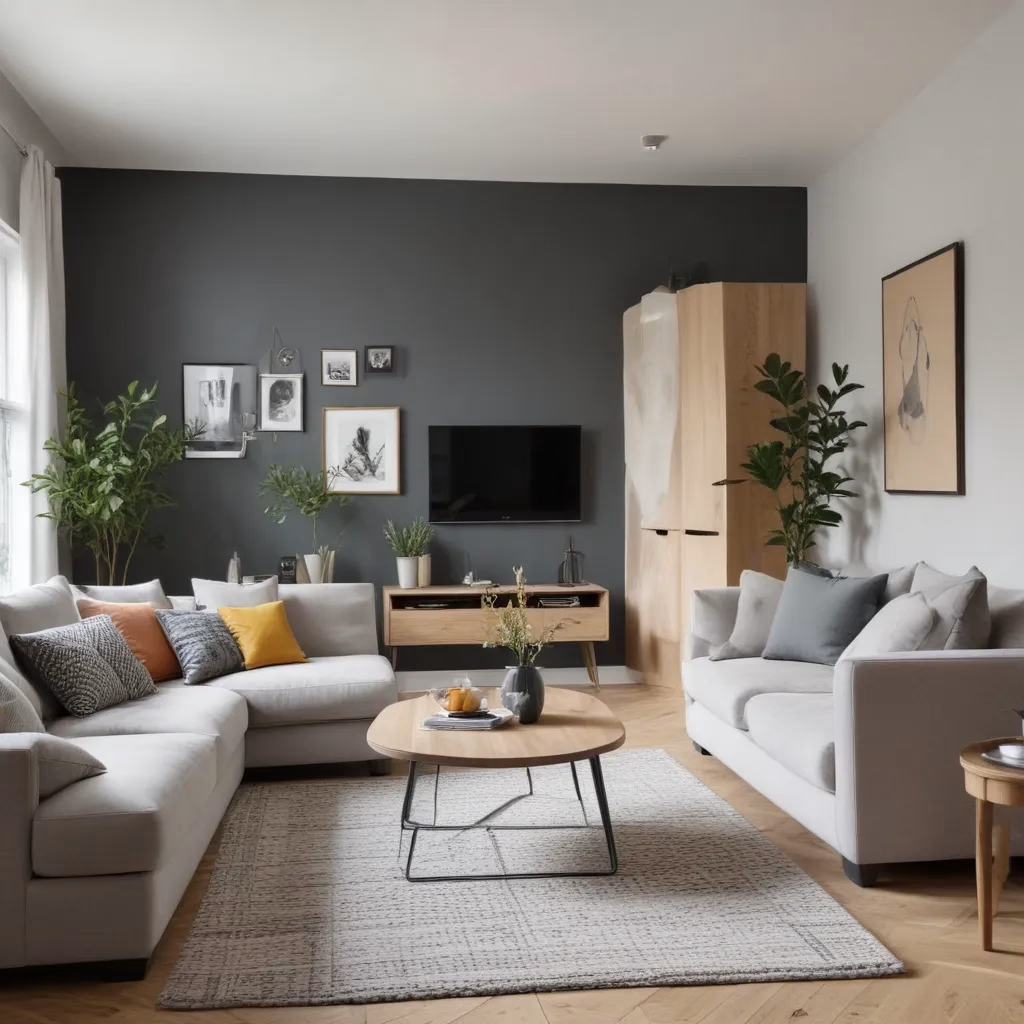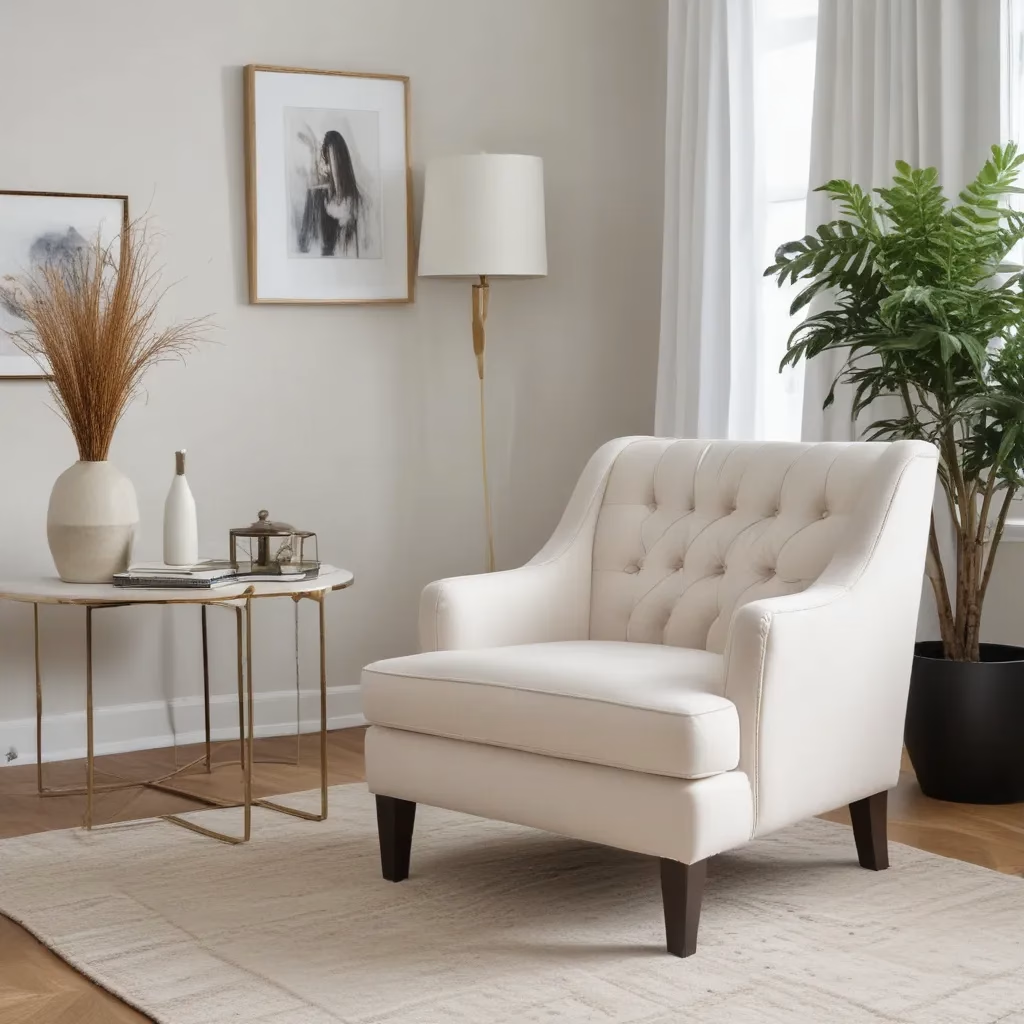
The Art of Sofa Selection
As a furniture specialist with years of experience, I’ve seen countless homeowners struggle with choosing the perfect sofa. It’s not just about picking a pretty piece – it’s about finding that ideal balance of comfort, style, and functionality. Let me share some insights that’ll help you navigate this process with confidence.
When I’m guiding clients through sofa selection, I always start by asking about their lifestyle. Do you have kids? Pets? Do you love to entertain, or is your sofa mainly for quiet evenings in? These questions are crucial because they inform every decision that follows.
I remember working with a young couple who were expecting their first child. They were torn between a sleek leather sectional and a plush fabric sofa. We discussed the practicalities of each option, considering factors like ease of cleaning and durability. In the end, they opted for a high-performance fabric that could withstand spills and was incredibly soft to the touch – perfect for those upcoming family cuddle sessions.
Upholstery Matters: Choosing the Right Fabric
Selecting the right upholstery is perhaps one of the most critical aspects of sofa design. I’ve seen sofas transform rooms and withstand years of use – or fall apart within months – all based on fabric choice. So, what should you consider?
Durability is key, especially if you have a busy household. Look for fabrics with high rub counts – this measures how many times the fabric can be rubbed before it shows wear. Natural fibers like cotton and linen are beautiful but can be less durable than synthetic options.
Maintenance is another crucial factor. How much time are you willing to spend caring for your sofa? Some fabrics require professional cleaning, while others can be easily spot-cleaned at home. I always advise my clients to be realistic about their cleaning habits when making this decision.
Color and pattern are where you can really let your personality shine. But remember, a sofa is a long-term investment. While that bold print might look stunning now, will you still love it in five years? I often suggest choosing a neutral base and using throw pillows to add pops of color or pattern – it’s much easier (and more affordable) to switch out accessories than to replace an entire sofa.
Crafting Your Comfort Zone
Now, let’s talk about comfort – because what’s the point of a beautiful sofa if you don’t want to sit on it? Comfort is subjective, which is why I always encourage my clients to ‘test drive’ sofas before making a decision.
The Foundation of Comfort: Cushion Construction
The secret to a truly comfortable sofa lies in its cushions. There are several options to consider:
- Foam: Offers a firm, supportive sit. Great for those who prefer a more structured feel.
- Down: Luxuriously soft, but requires frequent fluffing to maintain shape.
- Foam-down blend: My personal favorite, as it combines the support of foam with the softness of down.
I once worked with a client who suffered from back pain. We opted for a sofa with high-density foam cushions, which provided the firm support he needed. To add a touch of softness, we topped the cushions with a thin layer of down. The result? A sofa that looked inviting and felt like it was custom-made for his comfort needs.
Frame Matters: The Backbone of Your Sofa
A sofa’s frame is its skeleton – you can’t see it, but it’s crucial for longevity and comfort. In my experience, hardwood frames, particularly those made from kiln-dried oak, maple, or beech, offer the best durability. They might cost more upfront, but they’ll save you money in the long run by lasting longer.
I remember visiting a client’s home to assess why their sofa was sagging after just two years. Upon inspection, I discovered the frame was made from particleboard – a material that simply can’t withstand the daily stresses placed on a sofa. We ended up replacing it with a solid hardwood frame sofa, and the difference was night and day.
Designing for Your Space
A beautiful sofa that doesn’t fit your space is like a fish out of water – it just doesn’t work. That’s why I always emphasize the importance of considering your room’s layout and dimensions when selecting a sofa.
Scale and Proportion: Finding the Perfect Fit
I can’t tell you how many times I’ve seen sofas that overwhelm a room or look comically small in a large space. To avoid this, I recommend the following steps:
- Measure your room and create a floor plan.
- Consider traffic flow – you need at least 18 inches of walking space around the sofa.
- Think about other furniture pieces and how they’ll interact with the sofa.
One of my favorite tricks is to use painter’s tape to outline the sofa’s dimensions on the floor. This gives you a visual representation of how much space the sofa will occupy and helps you make informed decisions about size and placement.
Style Harmony: Matching Your Sofa to Your Decor
Your sofa should complement your existing decor, not fight against it. I always encourage my clients to consider their overall design aesthetic when choosing a sofa style. Are you drawn to clean, modern lines? Or do you prefer something more traditional with rolled arms and tufted details?
I once worked with a client who had a beautiful mid-century modern home. We chose a low-profile sofa with tapered legs and clean lines to echo the architectural elements of the space. The result was a cohesive look that felt intentional and harmonious.
Maintenance and Care: Keeping Your Sofa Looking Fresh
Investing in a quality sofa is just the first step – proper maintenance is key to ensuring it stays beautiful for years to come. Here are some tips I always share with my clients:
- Regular vacuuming: This removes dust and debris before it can settle into the fabric.
- Prompt stain treatment: The sooner you address a spill, the less likely it is to become a permanent stain.
- Professional cleaning: Depending on your fabric, professional cleaning every 12-18 months can work wonders.
I remember a client who was hesitant about choosing a light-colored sofa because she had young children. We opted for a performance fabric and I taught her some maintenance tricks. Years later, her sofa still looks fantastic, despite the sticky fingers and juice spills it’s endured!
The Future of Sofa Design: Trends to Watch
As a furniture specialist, I’m always excited to see how sofa design evolves. Here are some trends I’m currently observing:
- Modular designs: Versatile pieces that can be rearranged to suit changing needs.
- Sustainable materials: Increasing demand for eco-friendly options like recycled fabrics and FSC-certified wood.
- Smart features: Built-in charging ports and even voice-controlled adjustments are becoming more common.
While trends can be fun to incorporate, I always advise my clients to prioritize timeless design over fleeting fads. After all, a well-chosen sofa should be a long-term companion in your home.
Making Your Decision: Putting It All Together
Choosing the perfect sofa can feel overwhelming, but remember – it’s about finding what works best for you and your home. Don’t be afraid to take your time, ask questions, and really think about how you’ll use the sofa in your daily life.
I always tell my clients that the best sofa is one that makes them smile when they walk into the room. It should be a piece that invites relaxation, encourages conversation, and stands up to the rigors of your lifestyle.
If you’re feeling unsure, don’t hesitate to seek professional advice. Many furniture stores offer design services, and there are plenty of online resources available. You can also check out Sofa Spectacular for more inspiration and guidance on creating your perfect relaxation retreat.
Remember, your sofa is more than just a piece of furniture – it’s the heart of your living space. Choose wisely, care for it well, and it will reward you with years of comfort and enjoyment.



